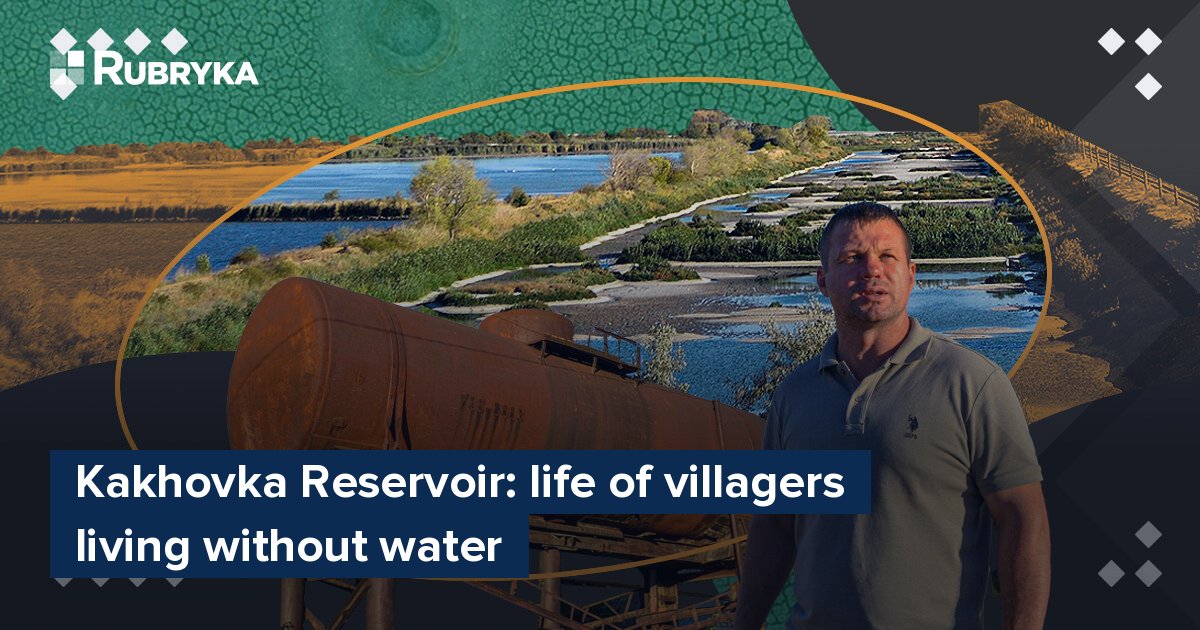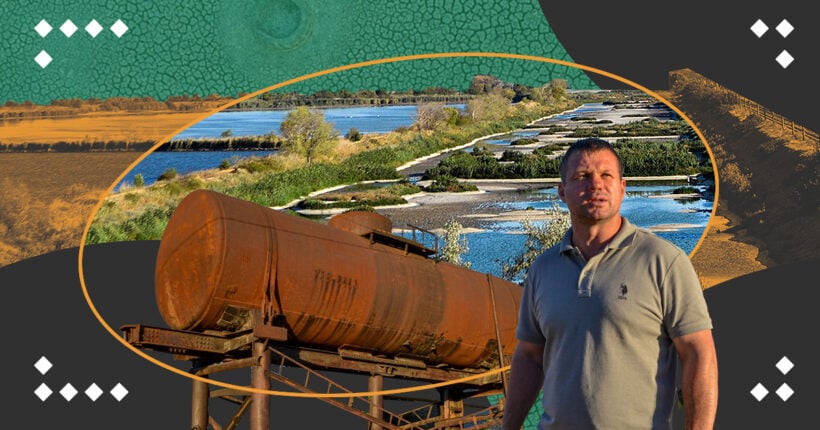
A year and a half ago, this area was submerged in water, but now it has transformed into a "green sea," with a willow forest growing in the land that was once flooded. Ecologists have highlighted the numerous ecosystem services that this forest can offer. However, local communities are currently struggling due to the lack of water.
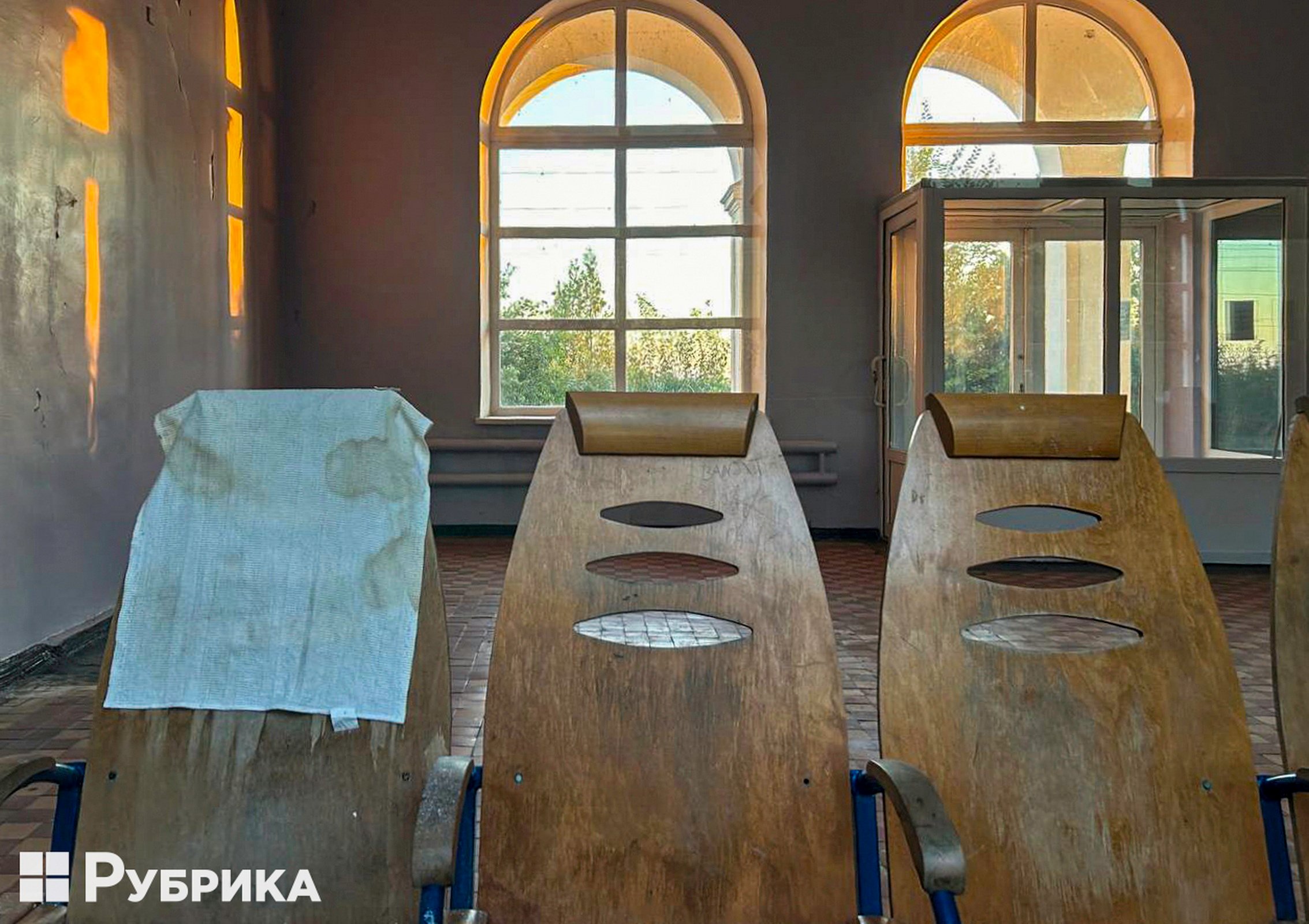
The railway that residents of the Kushugumska community relied on to travel to Zaporizhzhia has been out of service for two and a half years, since the onset of the full-scale war.
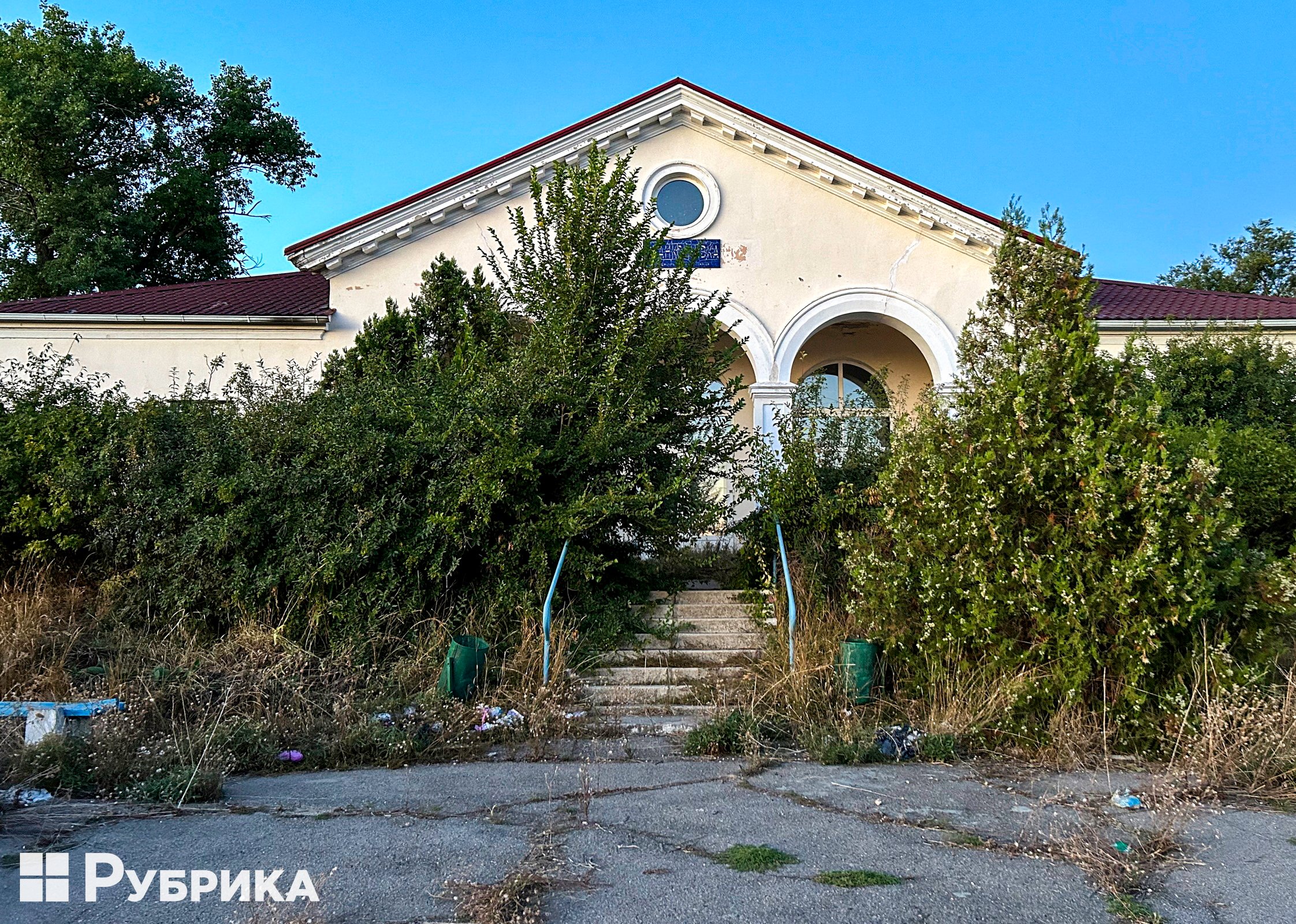
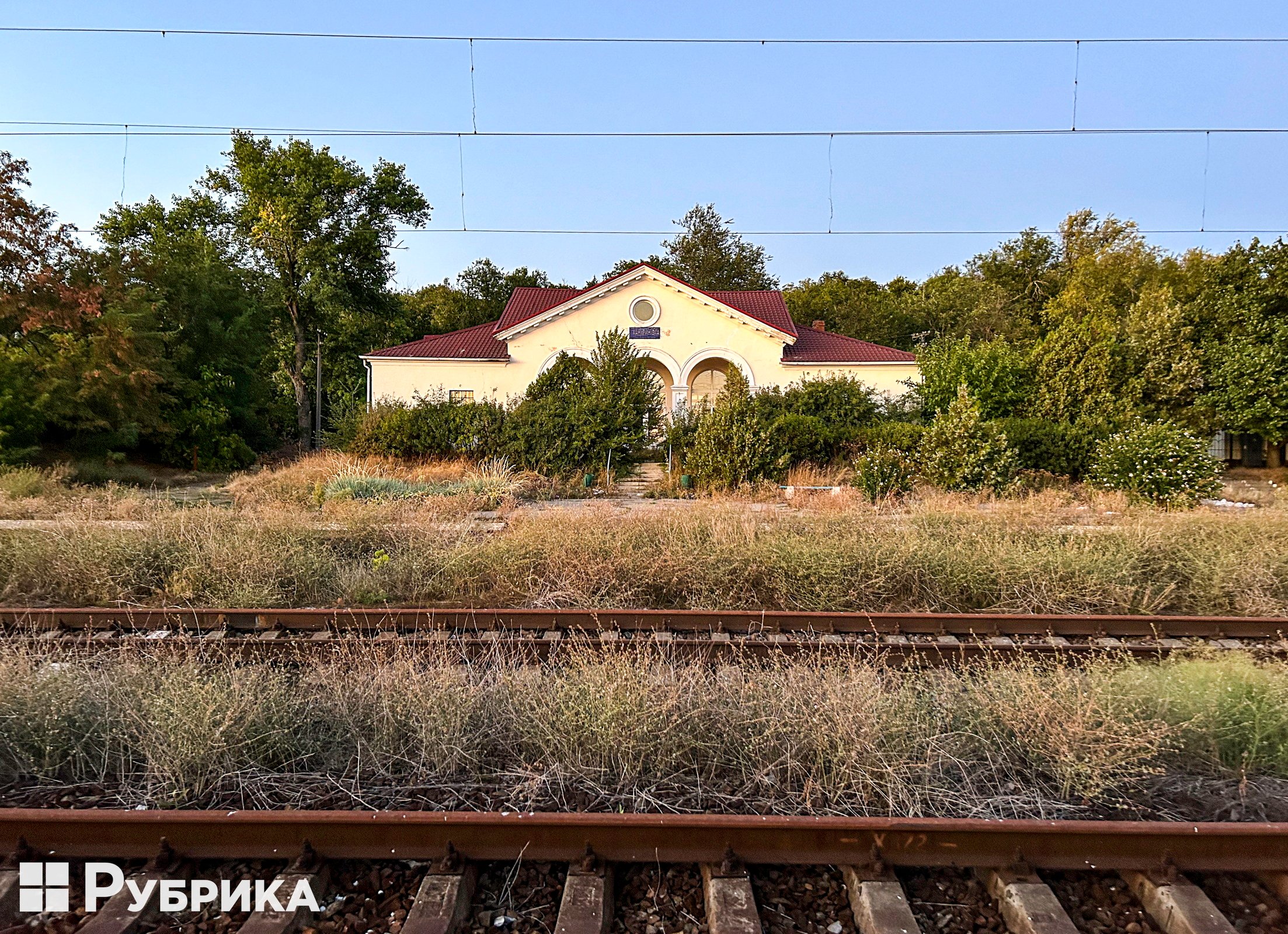
The station appears post-apocalyptic, with nature gradually reclaiming human infrastructure.
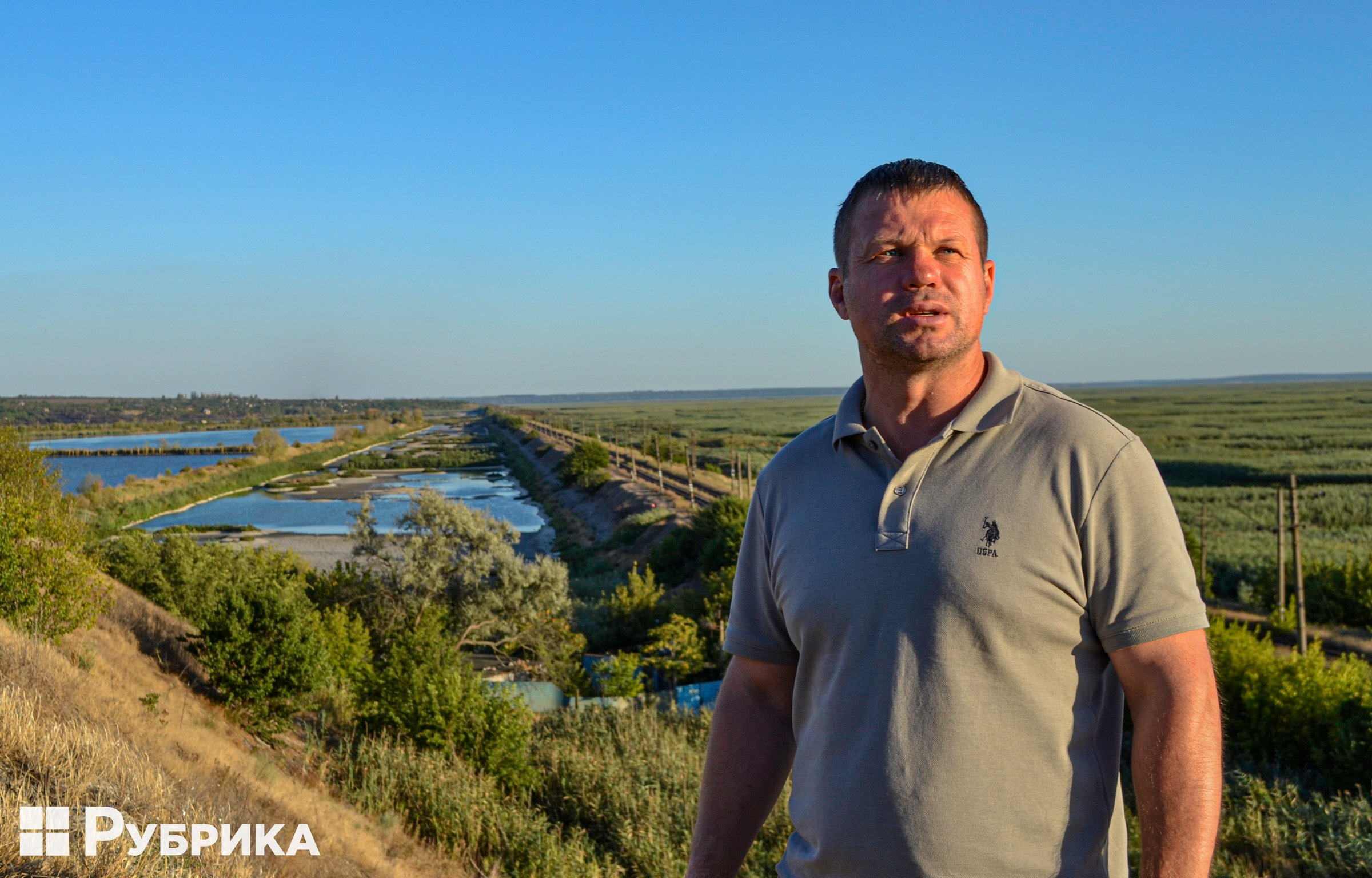
Volodymyr Sosunovskyi, the head of the Kushugumska community, stands on the banks of the former Kakhovka Reservoir in the village of Malokaterynivka, which is part of the community. He notes that during the hottest summer months, the residents of Malokaterynivka are left without water.
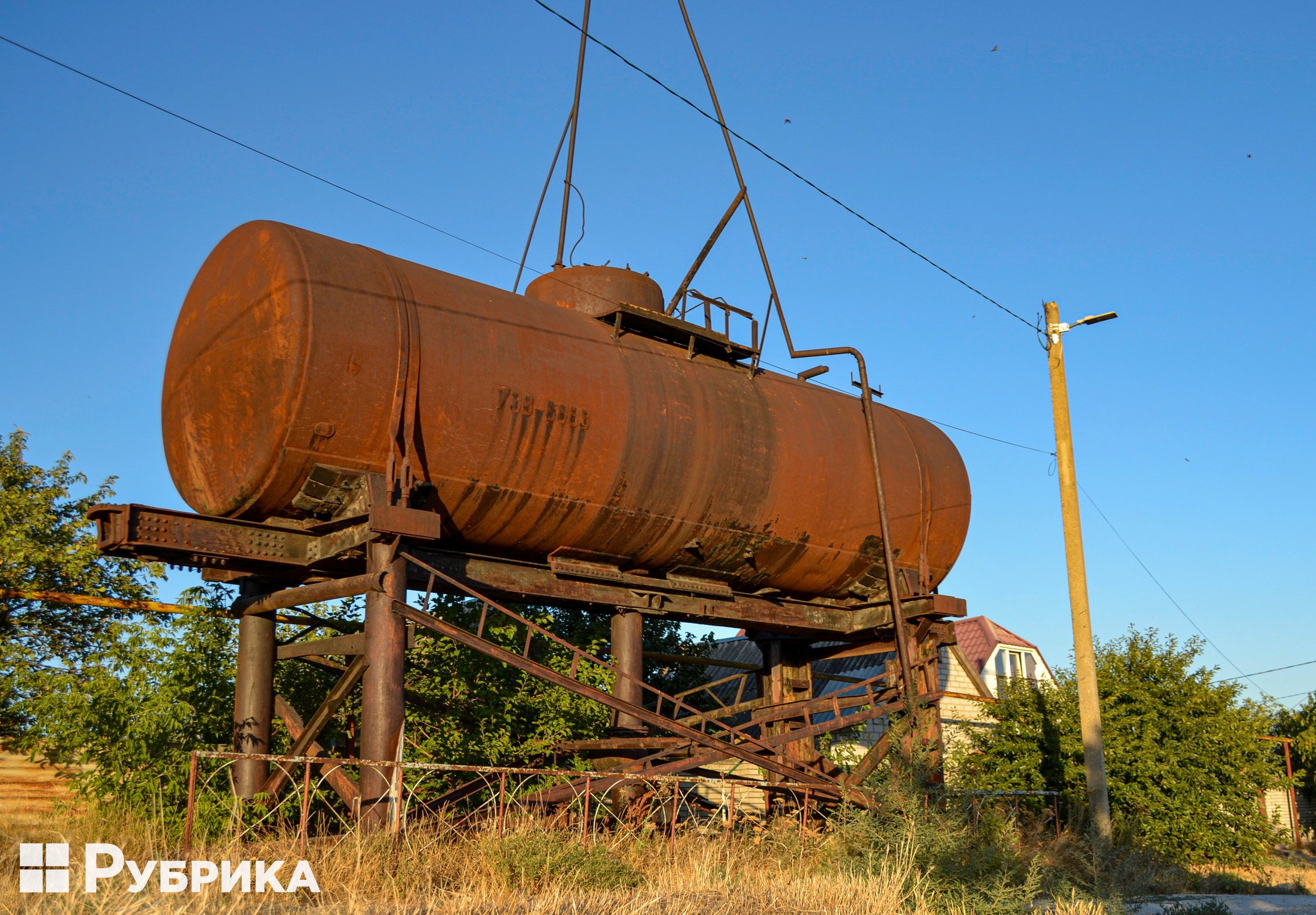
Previously, residents of the community used tap water from Zaporizhzhia solely for drinking. For other needs, such as watering the vegetables they grew for sale, they relied on water pumped from the Konka River, which flows into the reservoir. This water was regularly pumped into cisterns throughout the community and then distributed among residents. However, after the water receded, the Konka River dried up. The cisterns are now empty, resulting in a severe shortage of water for irrigation.
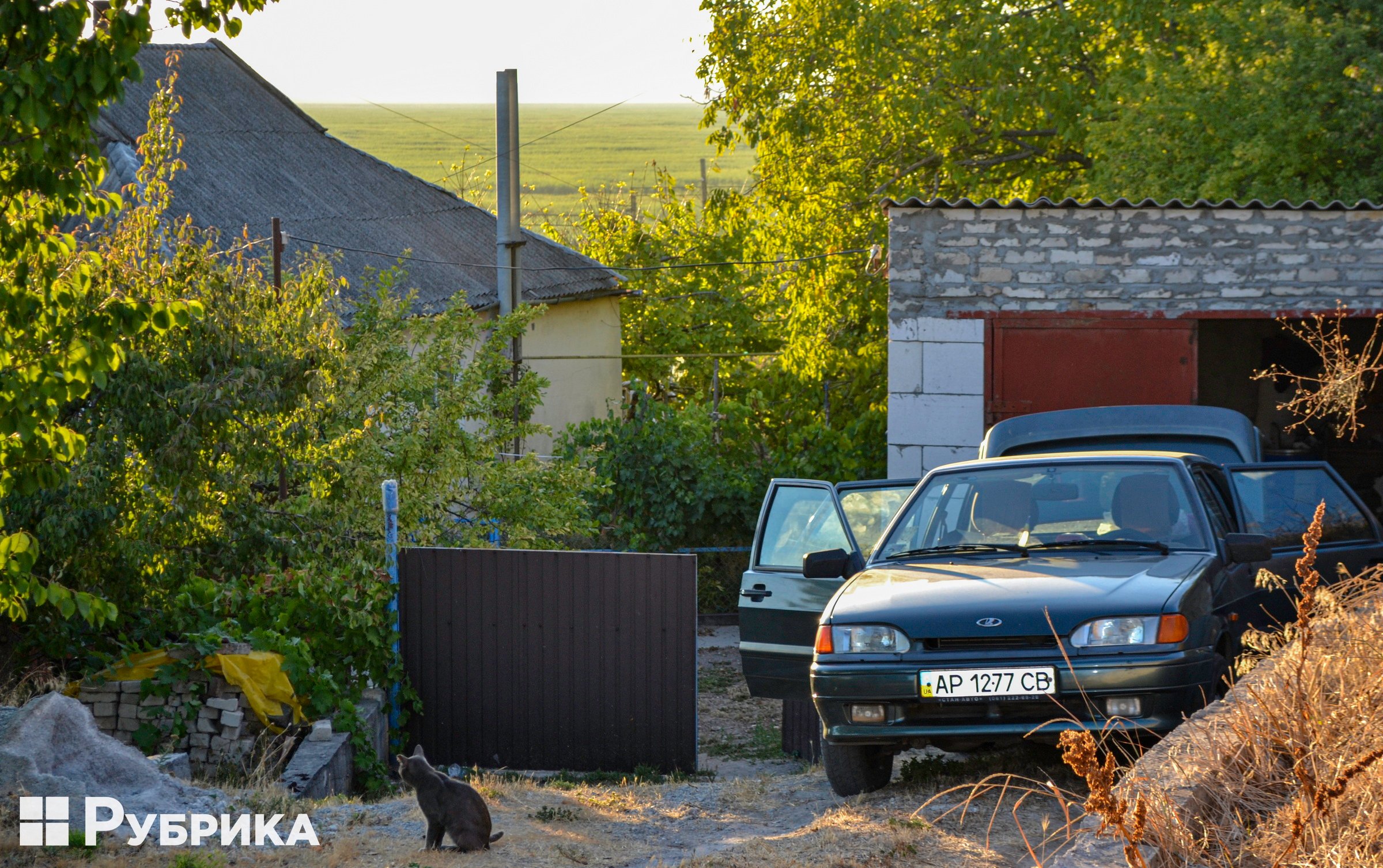
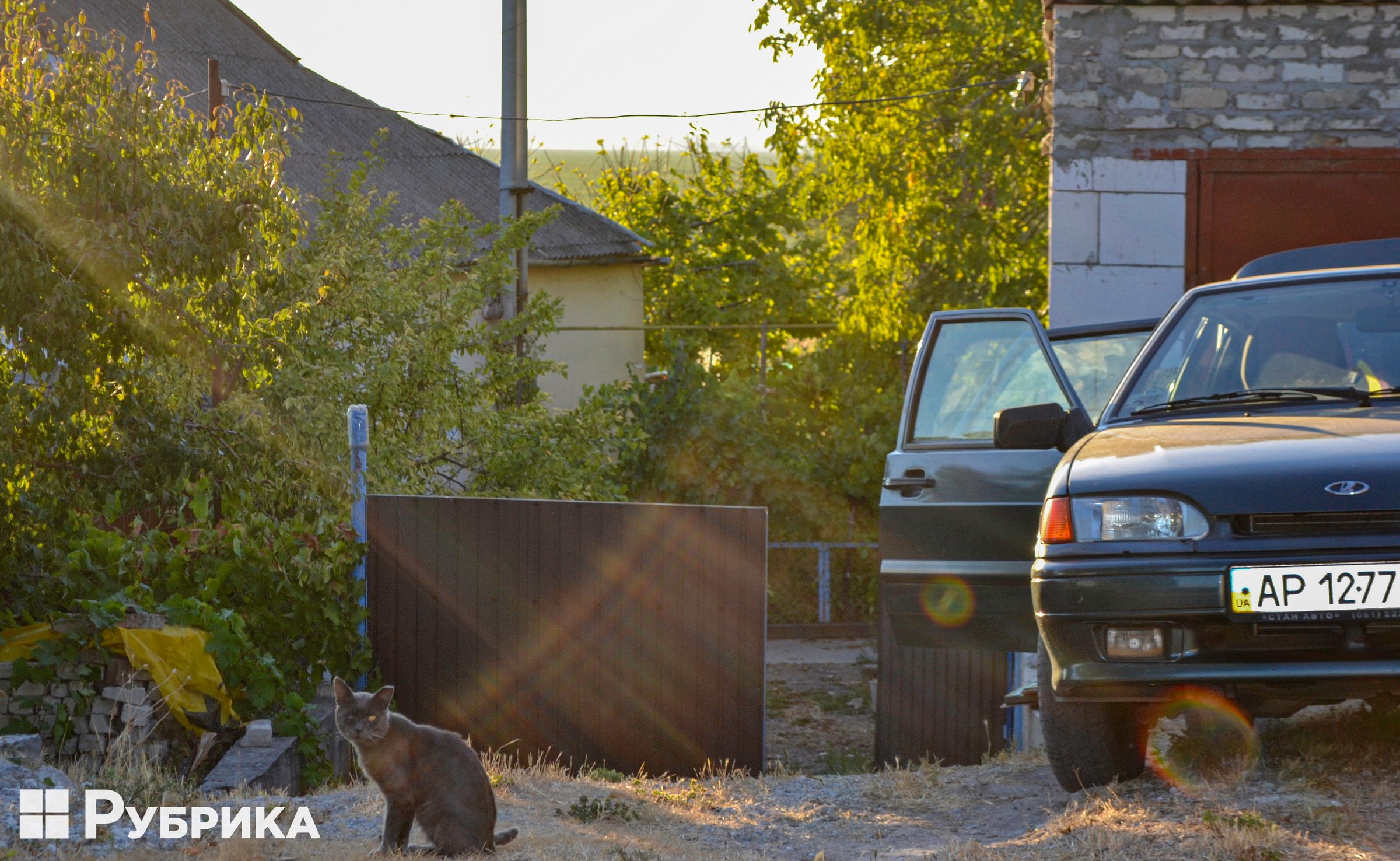
To address the water shortage in households, water delivery is organized with the assistance of the State Emergency Service and the Regional Vodokanal. Every day, 20 cubic meters of water are delivered, and during the peak heat in July, up to 80 cubic meters were needed. However, this supply is still insufficient.
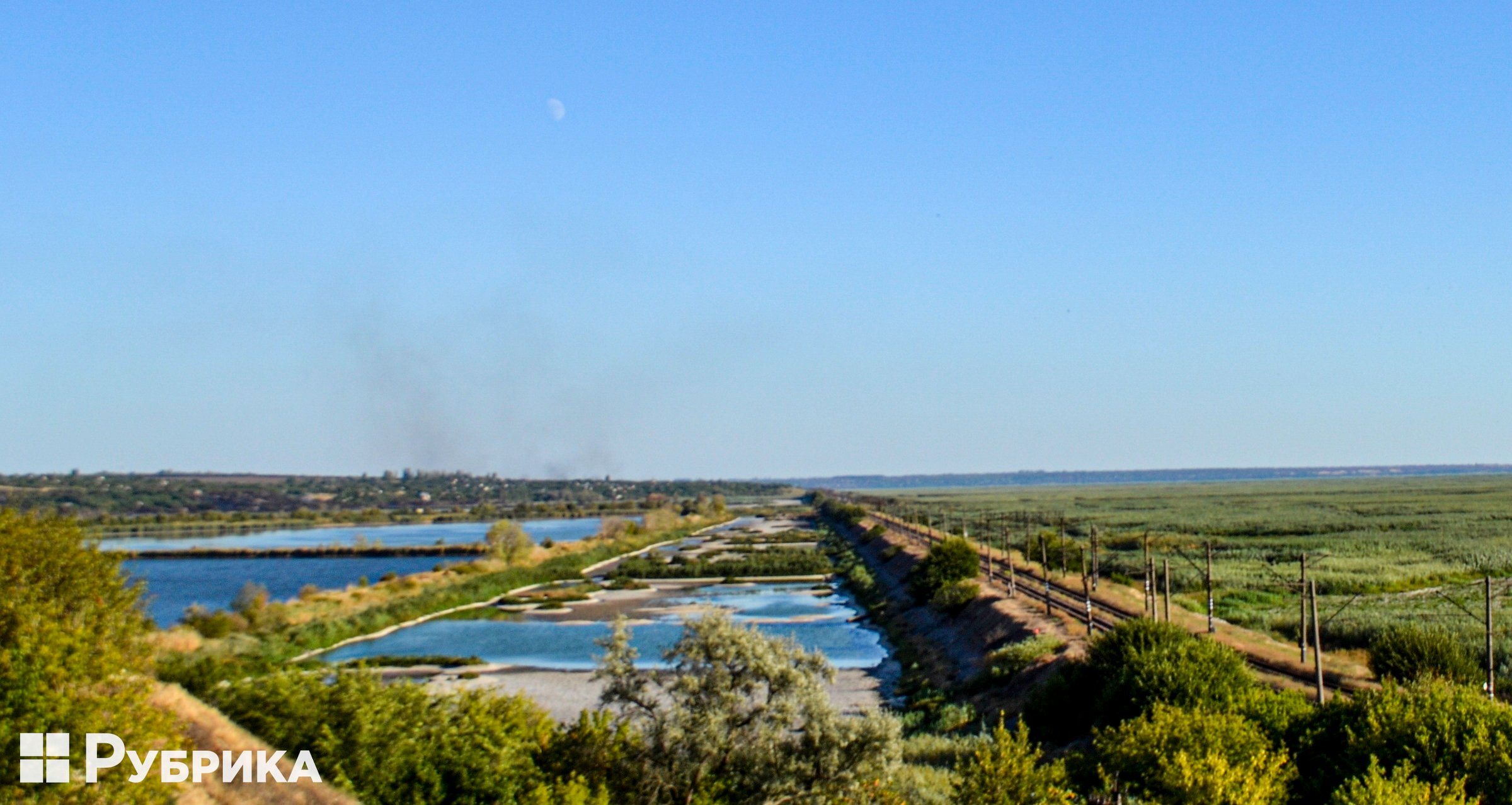
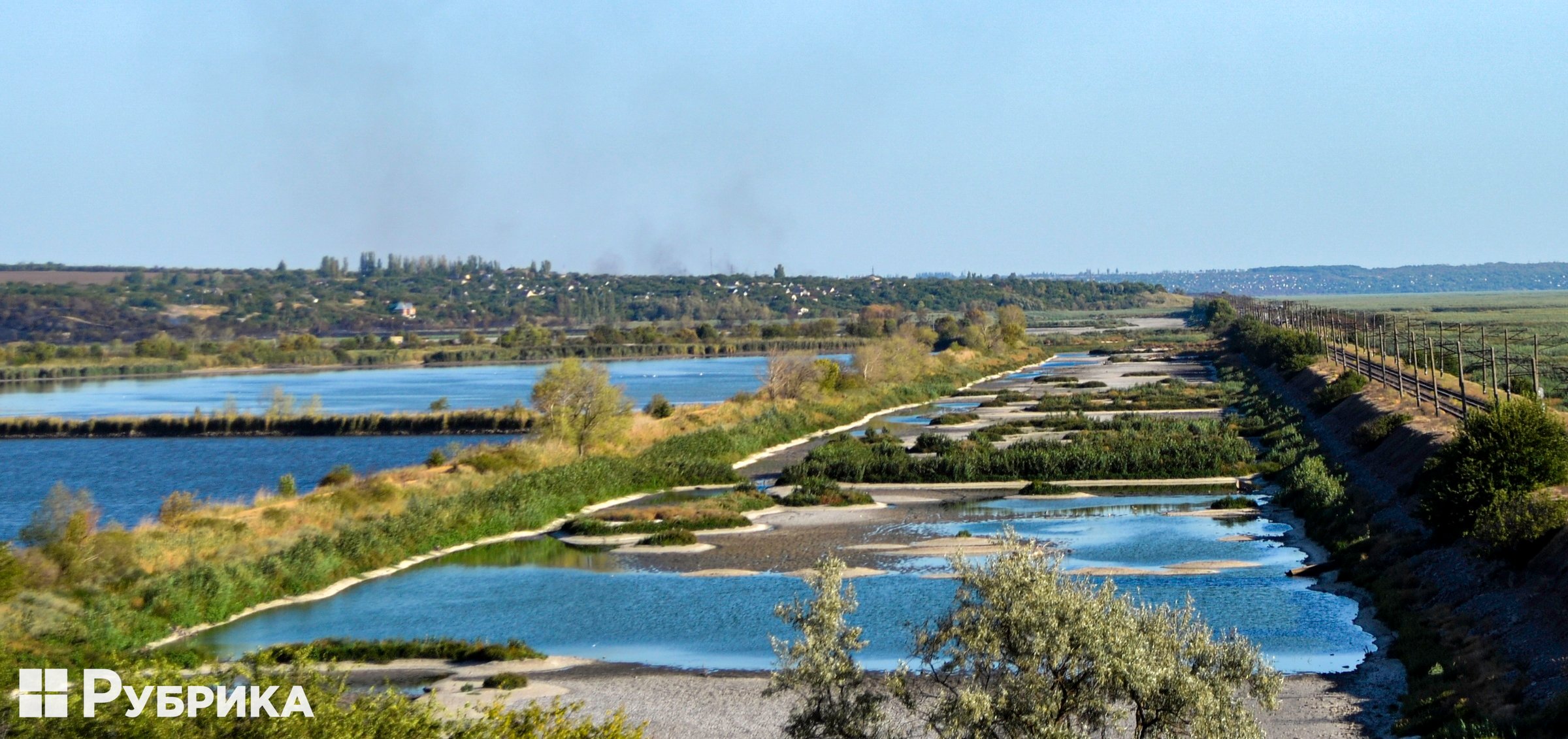
The water shortage affects not only farmers who grow vegetables for sale but also local fishermen. Of the original ten fishing ponds, only two remain; the others have dried up. Previously, these ponds were filled with water from the Konka River, which then flowed into the Kakhovka Reservoir. Now, the ponds are dry, and the water is evaporating. Locals fear that by next year, even these two ponds will be gone, leading to the closure of the fishing enterprise.
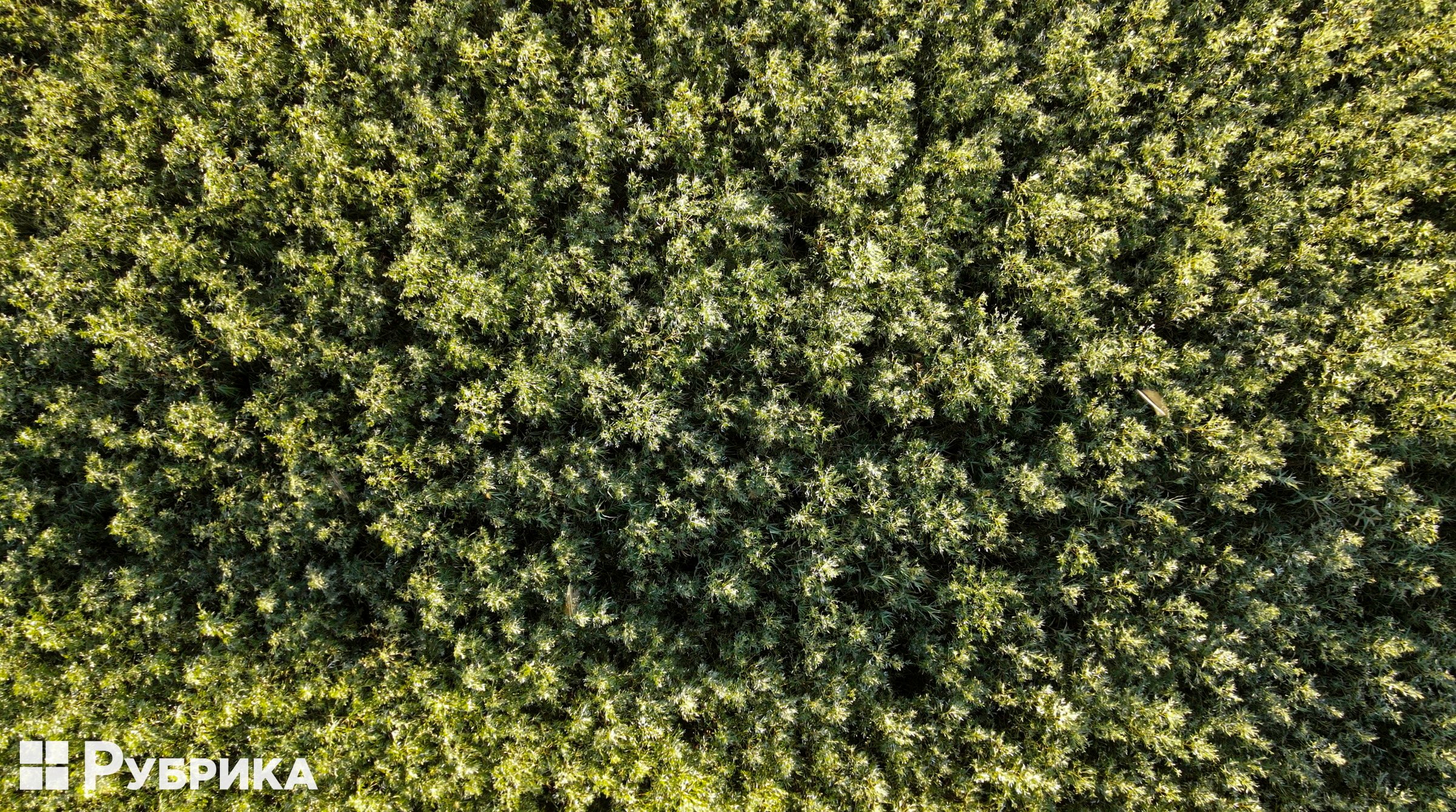

The bottom of the Kakhovka Reservoir presents a varied landscape, with some areas becoming heavily overgrown. However, Sosunovskyi holds a less optimistic view than the ecologists. He believes that the willow trees forming the "green sea" may dry up within a year or two. In contrast, ecologists argue that while some trees may perish due to the high density of growth, most of them are likely to survive.
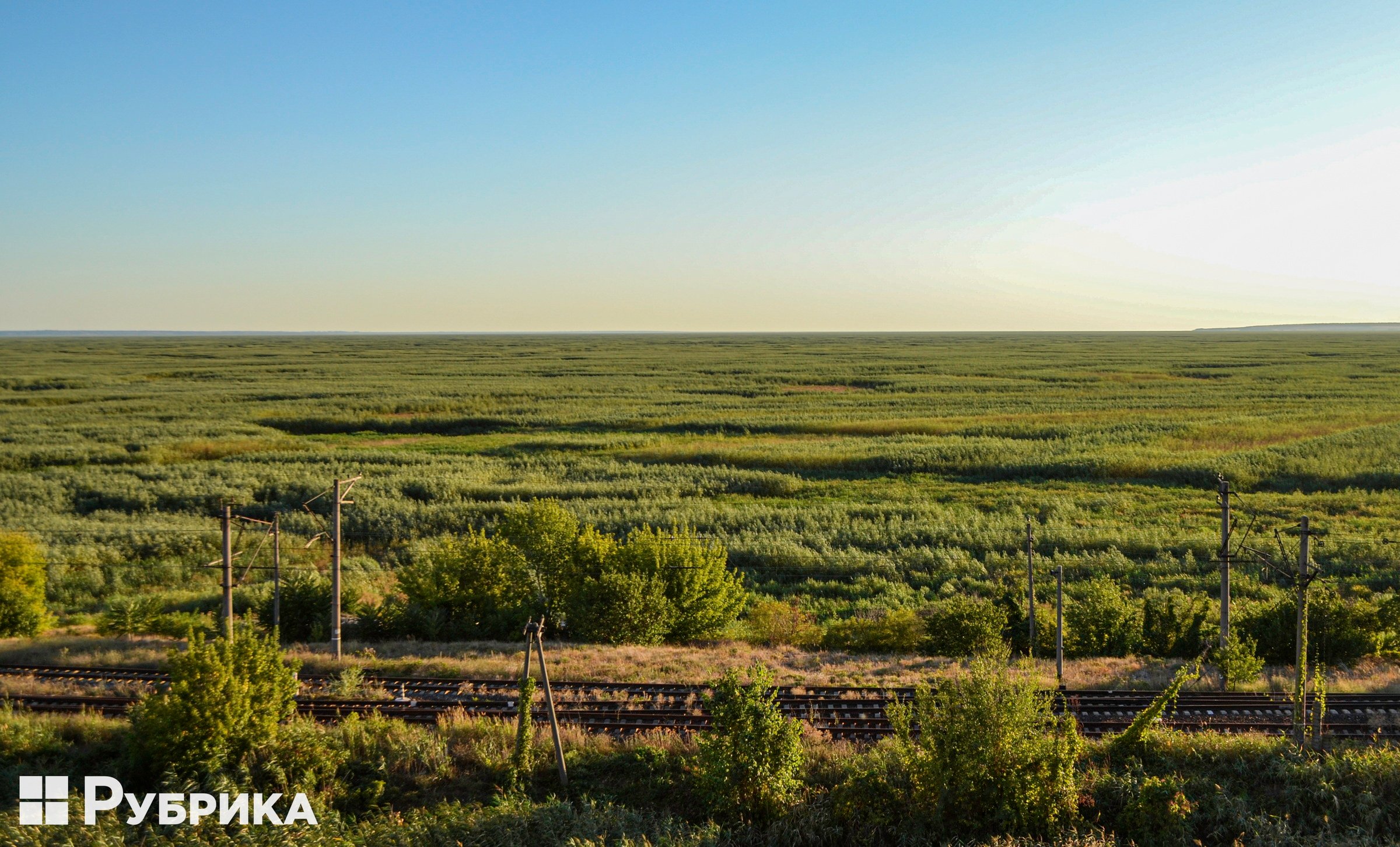
Some areas of the reservoir are completely devoid of vegetation, as evidenced by the gaps present in the landscape.

From the air, the areas not covered with vegetation are clearly visible. These spots were underwater last year and have not seen any willow seeds take root. Following the Kakhovka disaster, ecologists warned that the entire former reservoir might resemble a "Martian" or desert landscape; however, those predictions have not materialized.
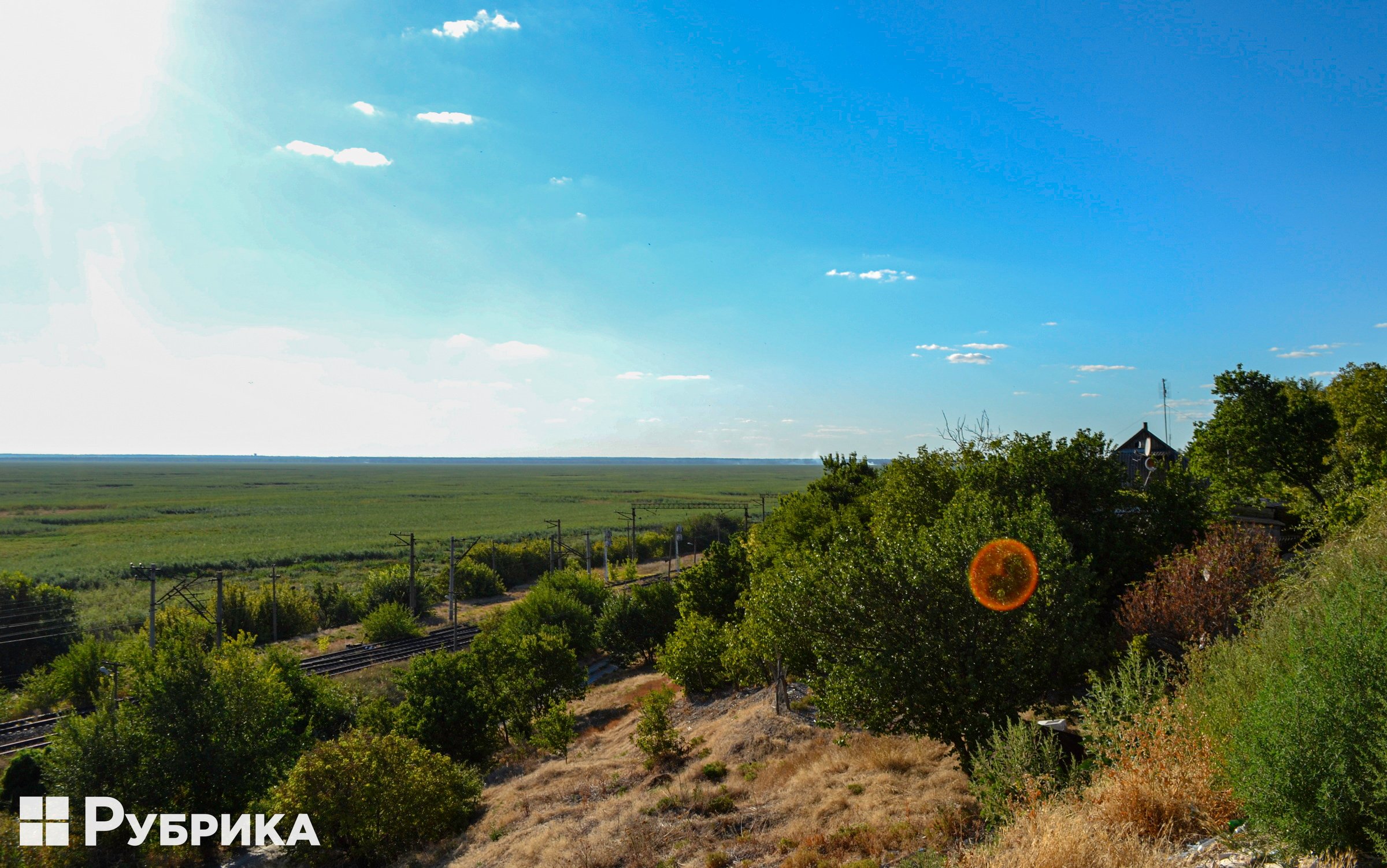
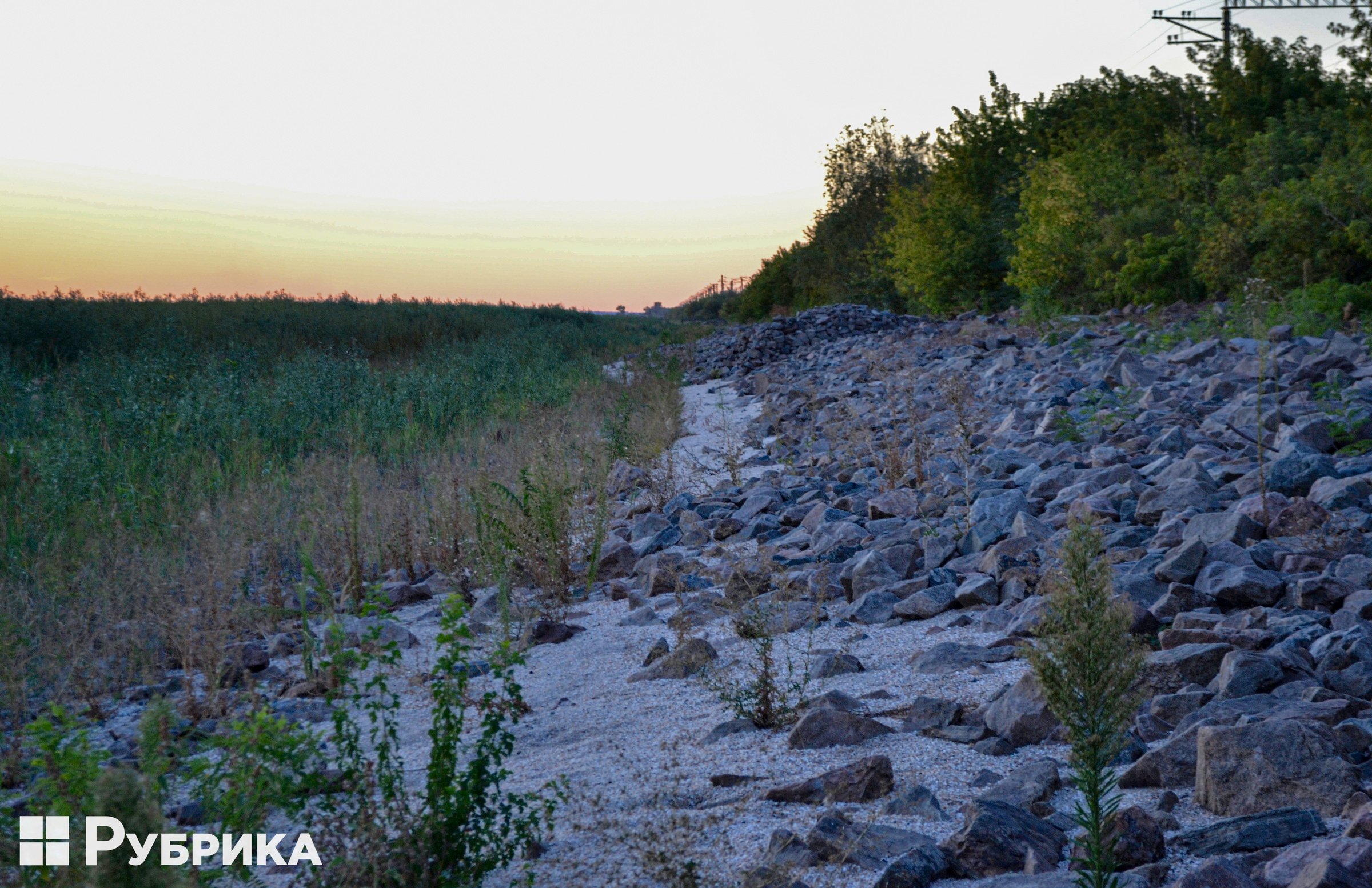
Only time will reveal how vegetation will evolve in the "green sea." Currently, the pressing need is to supply water to the populations of communities surrounding the former reservoir. This can be achieved if the communities have sufficient resources to drill artesian wells, as the water at shallower depths has too high a lime content, rendering it unsuitable for drinking, irrigation, or other economic uses.
Regarding the growth of the "green sea" in the Kakhovka Reservoir area, we can only observe how the devastated reservoir transforms into a new ecosystem, unique to Ukraine and the world.


